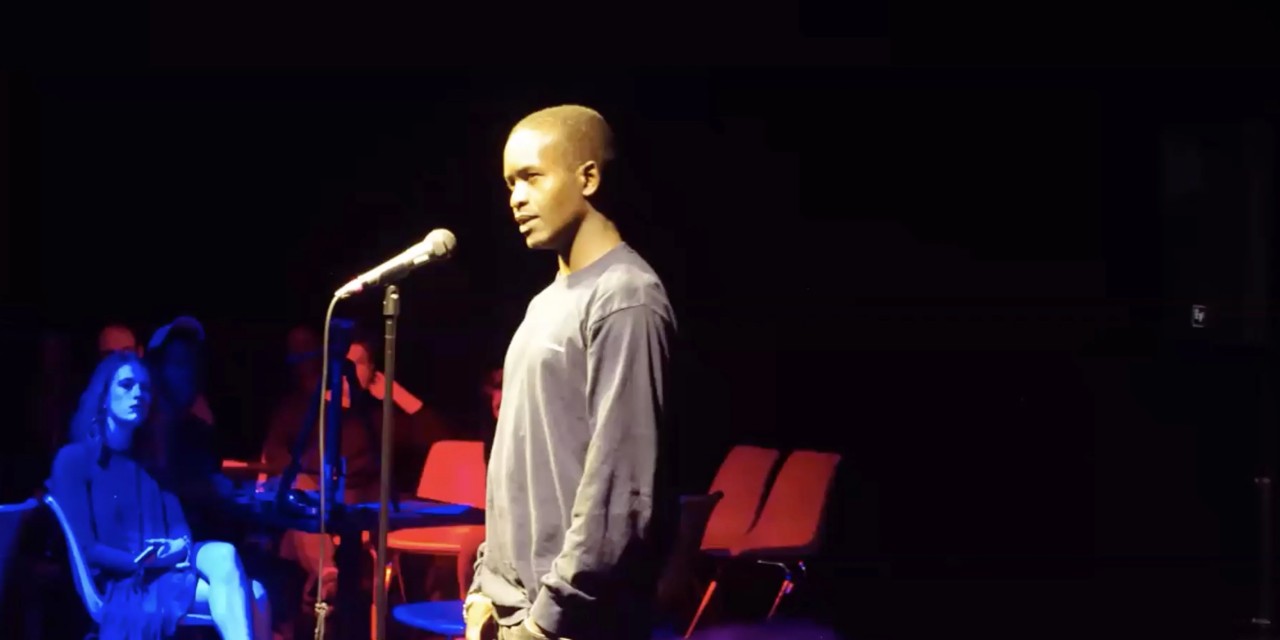When sharing stories of migration to the United States, we often focus on immigrant communities in densely populated cities on the east and west coasts. At the University of Kansas, however, The Center for Latin American and Caribbean Studies (CLACS), the Kansas African Studies Center (KASC), and the Hall Center for the Humanities have come together to support a collaborative research team to collect stories of migration in the "heartland."
“Coming to the Heartland: Intergenerational Stories of Latin American and African Migration to Kansas" is an engaged research and community programming initiative that uses the power of stories to connect immigrant communities in Kansas, including Wichita, Topeka, Kansas City, Garden City, and Dodge City. In these five cities and across the midwest, demographic changes due to immigration over the last decade have dramatically shifted the number of African and Latinx people in the region, especially from Senegal, Somalia, and Mexico. Through storytelling, Coming to the Heartland is hoping to digitally document the lived experiences of migration in this region and is working to bridge cultural gaps between generations and national identities. The project is led by Elizabeth MacGonagle, associate professor of history and African and American Studies and director of the Kansas African Studies Center, and Marta Caminero-Santangelo, professor of English and director of the Center for Latin American and Caribbean Studies. MacGonagle and Caminero-Santangelo also work with an interdisciplinary project team of faculty, staff, and students.
Coming to the Heartland builds on KASC’s and CLACS’s past research projects and networks within the region. At the African Studies Center, the Migration Stories Project has offered a range of programming for Kansas’ African immigrant population. Funded by a grant from the National Endowment for the Humanities, the research team has collected migration stories of recent African migrants (specifically migrant youth) and individuals from Kansas’ host communities. “Coming from these fields of history and English in the humanities, stories are this entree point for us to be able to unpack some of these bigger issues,” MacGonagle notes.The Migration Stories project began with a public forum in Kansas City to establish the community's needs, and then offered a series of programs that helped migrant youth participants shape, interrogate, and share their experiences. Events included a storytelling workshop, participation in public story slams at the Lawrence Arts Center, and workshops at local high schools in Wichita and Kansas City where high school students created videos to tell their stories in collaboration with KU undergraduate theater students. The Migration Stories Project also worked with public libraries to facilitate book group discussions and documentary viewings and relied on relationships with Humanities Kansas to gather participants and promote the events. “The NEH grant was about bringing humanities experts to the public square, so how do you connect” MacGonagle asks, “How do you connect the academy to the public square through stories?”
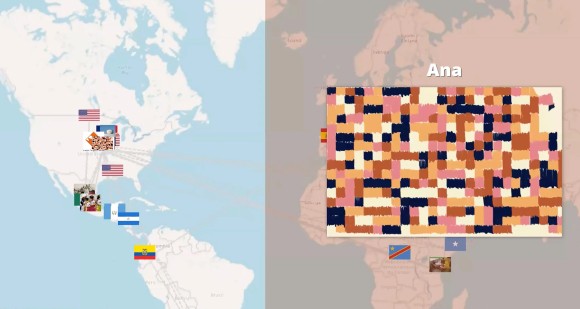
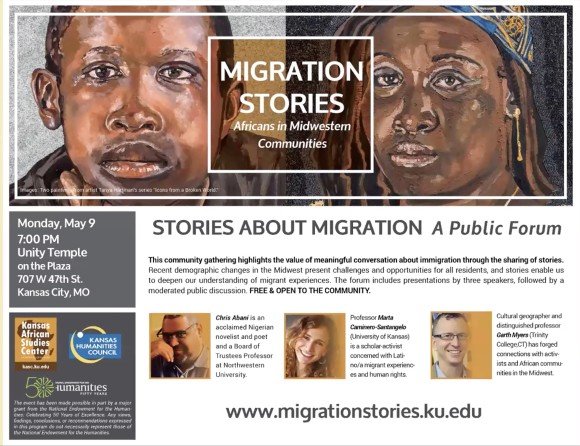
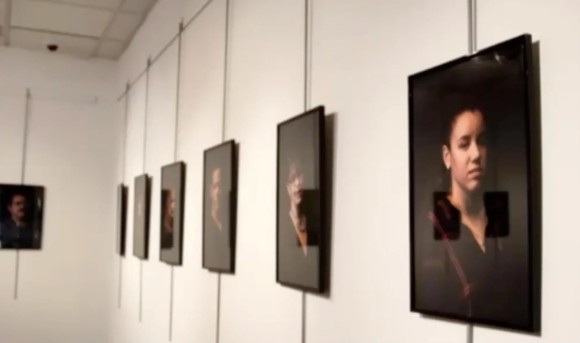
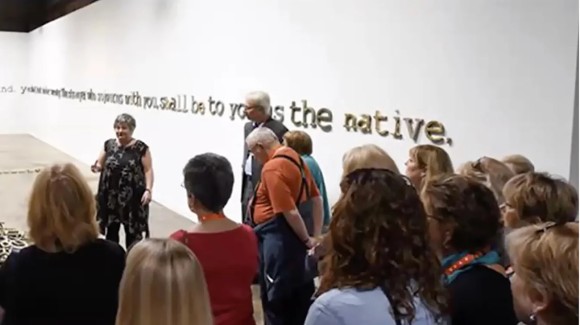
At the center for Latin American and Caribbean Studies, a similar effort to collect Latinx migration stories worked to document the presence of Latinx people in Kansas. With funding from the NEH, the center partnered with the PBS documentary “Latino Americans: 500 Years of History” to create public programming and educator workshops that engaged community members through the film. Another project, “Portraits of Latinx Identity” commissioned a photographer to take portraits of Latinx people in Lawrence, which were then displayed in the Kansas Union gallery and published on a website alongside narrative essays of those photographed on what it meant to be Latinx in Kansas. In the classroom, Caminero-Santangelo collaborated with Tamara Falicov, a professor in film and media studies, to co-teach an undergraduate service-learning class called “Latin American immigration in Literature and Film.” As a final project, students created “Stories From Our Neighbors,” an interview-based documentary in which undocumented immigrants told stories about their experiences with migration.
In joining forces, the Coming to the Heartland collaboration builds on this past interviewing and programming work at both Title VI centers, with an emphasis on cultivating intergenerational stories of migration. “The immigrant generation that arrived and the younger generations that grew up here don't always fully understand each other's experiences” Caminero-Santangelo notes, “and so we thought it would be great if we could get the generations sharing their stories with each other and potentially whole families contributing to the project we had in mind, but then it could be really multimedia and we could have audio or video recordings for the older generation (depending on what they were more comfortable with) and we could also have their archival photographs and photographs of objects that they brought with them or photographs of the places they'd left behind.” Knowing that each generation has a different entry point into telling their story, the team took a multi-modal approach to story collection. While older generations might enter their family histories through family photographs, younger generations might feel more comfortable sharing their stories on social media, or on other digital platforms.
Given the project’s many connection points, several centers on campus have played a role in supporting the project. In partnership with the Institute for Digital Research in the Humanities, Hall Center’s digital and public humanities fellow, Slyvia Fernandez, has created an interactive bilingual story map that shows the trajectories of Latin Americans/Latinos and Africans who have made Kansas and the midwest region their home. The map is based on the project’s collected stories and archival materials and works to humanize immigration data that often abstracts the movement of peoples across geographic borders. Alongside this map, each family that participates is given a digital copy of their memories and stories to preserve for future generations. Working with the Center for Undergraduate Research, first and second year undergraduate researchers tasked with interview collection and translation are supported with federal work study funds through the center’s Emerging Scholars program. As several of the student researchers are themselves first generation or have ties to immigrant communities in the area, they have leaned on their interpersonal relationships to build the network of interviewees.
Aross the many interviews, now totaling 30 and growing, themes of generational cultural loss speak to the need to preserve family knowledge and culture amidst times of crisis and change. In interviews with the children of Mexican immigrants in Argentine, Kansas, Caminero-Santangelo recounts the frustrations of older interviewees with their children and grandchildren who could not speak the language or cook traditional dishes. Similarly, Caminero-Santangelo related moments of hesitancy amongst older generations to dig up old stories and traditions in the present amidst ongoing battles over citizenship. In the case of one young African migrant, her family was “going through so much now as an undocumented family that they just didn't talk about that stuff. And she said, you know, ‘maybe after all this is over, maybe after we have a Dream Act, maybe after we have comprehensive reform my family will be able to share those stories, but right now we just can't.’” Indeed, across interviews families express not being able to necessarily tell each other their stories, much less the wider public. Through the project’s many public programming offerings and preservation efforts, Coming to the Heartland aims to make space for these stories to breathe.
Another resonant theme across migration stories is the need for advocacy around issues related to immigrant justice, and the power of stories in facilitating local and national actions. Screenings of the “Stories From Our Neighbors” documentary have served as fundraisers for Centro Hispano, a community organization in Lawrence that offers services for Latin American immigrants and DACA scholarships. In each of the project’s five cities, funds will be directed to a community organization that serves the needs of project participants. The project team is planning an educator workshop that will build on the themes of the collected stories and train educators to help their immigrant students tell their stories in their own voice. As the project grows, the team hopes that these migration stories will continue to evolve. “These stories aren't supposed to be static stories,” says Caminero-Santangelo, “they're supposed to be developing and collective stories, individual stories, and shaped by the back and forth.”
June 2021
